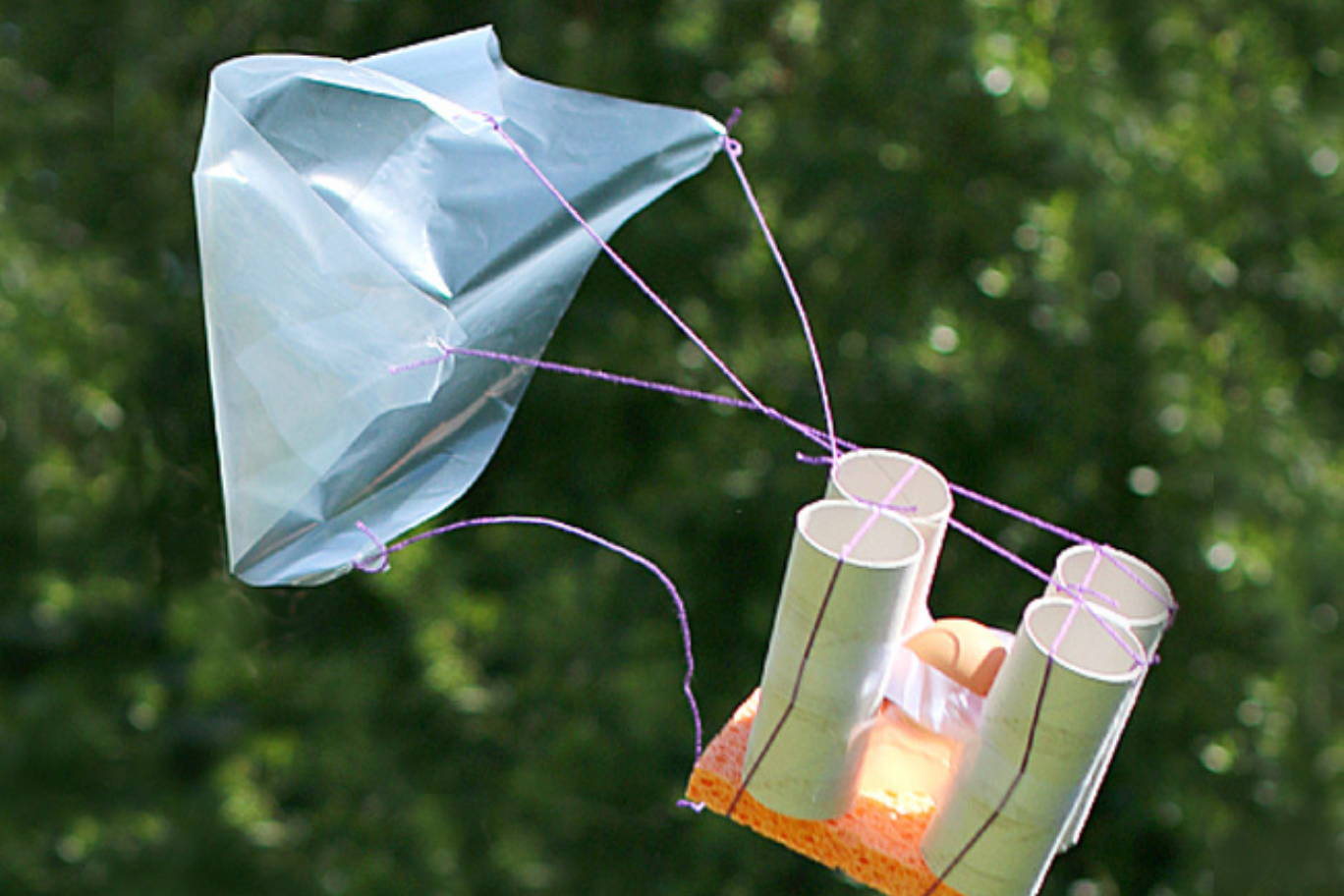Every child is born innately with the inquisitiveness for exploration and discovering how and why things surrounding them function the way they are through experience and social interaction. Adults can encourage curiosity in children early on to spur their growth by giving them plenty of opportunities to get their hands on all kinds of explorations. Among the endless opportunities is one that is bound to stir an interest is none other than activities rooted in engineering.
Despite its seemingly complicated nature, engineering activities make for great learning opportunities at a young age as they challenge children to grow and mature in the aspects of social and emotional learning. Furthermore, engineering exposes children to different real-world problems that urge them to think creatively and critically, which sometimes also demands them to work with one another over contrasting ideas through clear and concise communications.
Moreover, engineering activities have quite a lot more to offer for setting up a child for life with modern skills to succeed in this burgeoning technology-heavy era. And guess what? Engineering can start at home today as numerous activities will thrill children and adults equally to get their hands on these lighthearted pastimes.
Here are five must-try simple engineering projects suitable for children!
1) Egg drop projectImage source:  Discover Central Massachusetts
Discover Central Massachusetts
The simple objective of keeping an egg from breaking in a fall will test children’s logic and teamwork as they must put together well-planned design mechanics to do so. Children will learn the basic concept of gravity, force and acceleration in which they are required to design, evaluate, test, and suggest improvements for the design of a container that can hold an egg as it falls from a high spot safe and sound. (think of a parachute)
To start, children spend a limited time brainstorming, devising, and building a structure to support the egg. The structure could be in the shape and form of anything as it is best to let children put their spin on the design so long as the final result is a secured structure. Materials ranging from sponge to cardboard to balloons are the good stuff for this lighthearted experiment. Once the design is finalised, get to higher ground to drop the egg and witness the magic unfolds!
2) Straw rockets

Straw rockets make another great opportunity for children to not only learn the engineering design process but also gain an insight into the science behind this fun activity and the real deal itself eventually. The simplicity that goes into making straw rockets and the joy of launching them will undoubtedly pique children’s curiosity and interests in science.
Another project that breaks no sweat, straw rockets require merely a few materials such as straw, pencil, scissors, and paper to get started.
3) Create a cardboard maze play
Maze work is another great alternative to hone problem-solving skills in young children. Not only do they work as a great escape (no pun intended) for all ages, mazes are proven to be fun and challenging for children as they are taken on a ride that requires some brainwork with unexpected trials and errors along the way.
Maze creations range from simple to complex ones. Whichever the kind, they all demand our patience from start to finish. For children, the maze design should not be too complicated as the goal here is to put them to work on their skills without losing their interest.
Despite its malleable nature, maze building and play only requires cardboards, pencil, scissors, glue, and toothpicks to get started, making it a highly accessible and affordable option among the other brainy games without losing its fun.
4) Homemade kaleidoscope
Kaleidoscope makes for colourful and simple play as it is bound to be a favourite among children with its vibrant and dreamlike imagery that will stir an interest in science, particularly the basic laws of physics and the reflection of light.
Simply put, a kaleidoscope is a toy that uses light and mirrors to reflect objects and create beautiful, fascinating repeating patterns. With only a few materials needed to get started, children can get to enjoy the colourful and mind-bending patterns that leave them with more questions and pleasure for good reasons.
5) Construction with LEGO bricks
Whether LEGO turns children into young engineers remains up for debate, there is no denying that the brand is instrumental in children’s learning over the years and especially so today. As the demand for technology in different fields continues to surge, a career in robotics is becoming more coveted than ever by the minute.
All things considered, it is reasonable for parents to want their children to focus on this rather complex study at an early age for obvious reasons. That said, getting children to be interested in robotics can be manageable with the uses of LEGO brick building. The company gets the buzz for its playability as much as it is educational among children and adults.
LEGO is known for its block building play and research has indicated these construction works are important for the development of fine motor skills, dexterity, and social skills in children. As these bricks are made to be interconnected, children will be challenged to build any form and shape they have in mind.
Overall, it is evident that most play-based learning activities are easy to get on as most you would need are a few everyday items to start, which puts our brains to good use with creativity and imagination to create something bigger starting small.
Don’t stop there though, as our enrichment programme and classes are established to help children learn in a fun and exciting manner as we believe using the right approach will get children to be interested in learning the most important subjects today, such as arithmetic, physics, and mechanical and software engineering. For more information about our enrichment programme, get in touch with us now!



